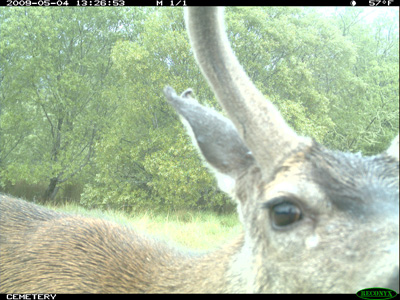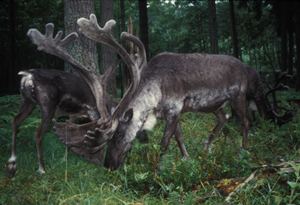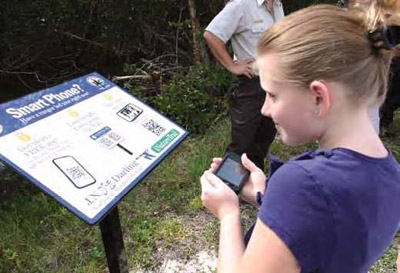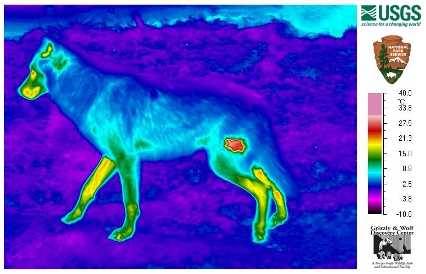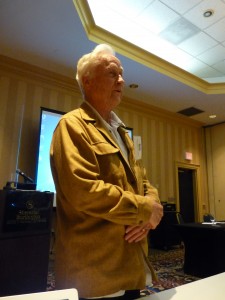 The Northeastern Transportation and Wildlife Conference is taking place in Burlington, Vermont this week (Sept. 21 – 24). The technology of the hour is the game camera. It’s cheap, it’s non-invasive, and it’s cheap. One presenter confessed that there were probably better tools for his project — radio collaring, for example — but that it was better to have some data for his project now than waiting around for funding for better technology.
The Northeastern Transportation and Wildlife Conference is taking place in Burlington, Vermont this week (Sept. 21 – 24). The technology of the hour is the game camera. It’s cheap, it’s non-invasive, and it’s cheap. One presenter confessed that there were probably better tools for his project — radio collaring, for example — but that it was better to have some data for his project now than waiting around for funding for better technology.
The next step is to become more adept at using game cameras. In that same presentation, there was a problem with smaller animals not being picked up by the cameras. At least one of the conversations after the session was about how to better place and aim the cameras to pick up all the species included in the study (which can be difficult if it includes both weasels and moose).
Another aspect touched on by a poster from the New Jersey Division of Fish and Wildlife, is processing all those photos. This poster suggested using software that lets analysts pick descriptions from a pull-down menus to standardize the interpretations for better data crunching.
Photo: You never know who you will meet at a conference. Harvard researcher Richard T.T. Forman, known as the “father of road ecology,” was one of the NETWC attendees. Here, he adds his thoughts on a documentary that he appeared in as an expert.

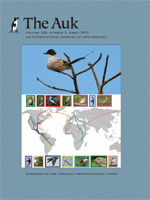 Geolocators are a relatively new tool that allows researchers to track the movements of small animals, such as birds.
Geolocators are a relatively new tool that allows researchers to track the movements of small animals, such as birds.